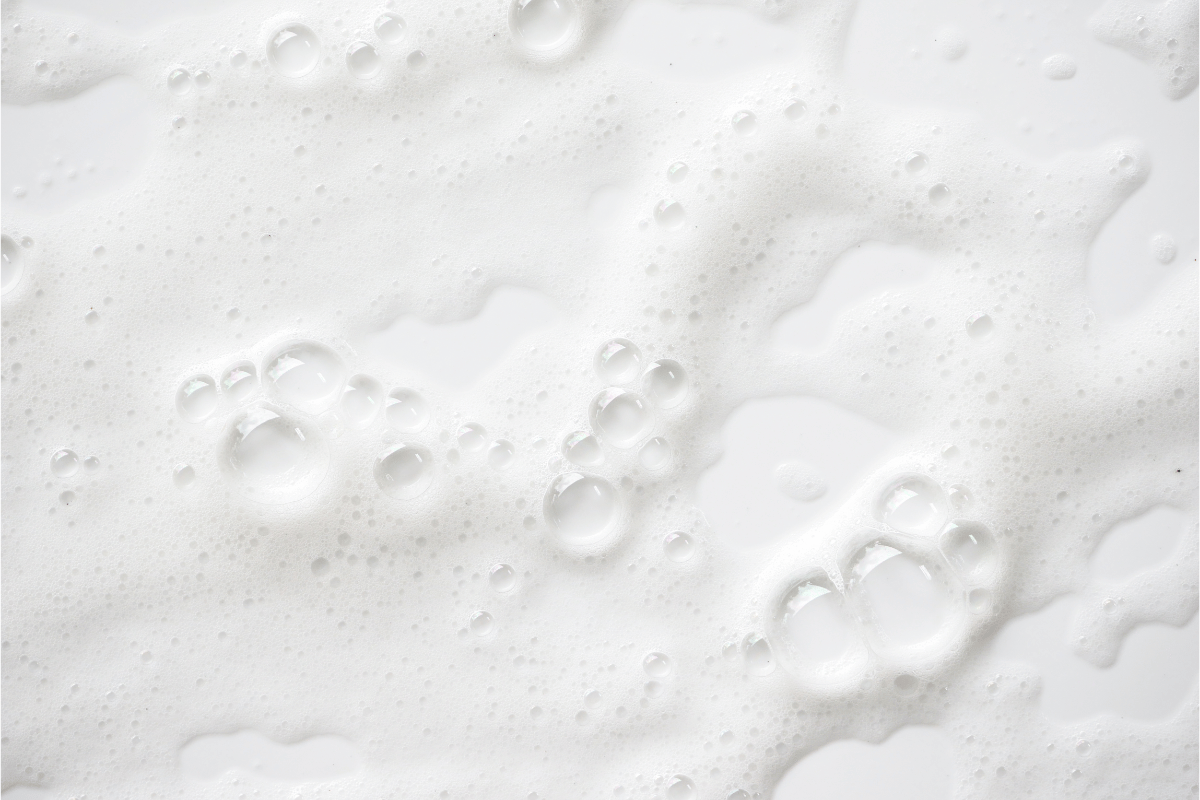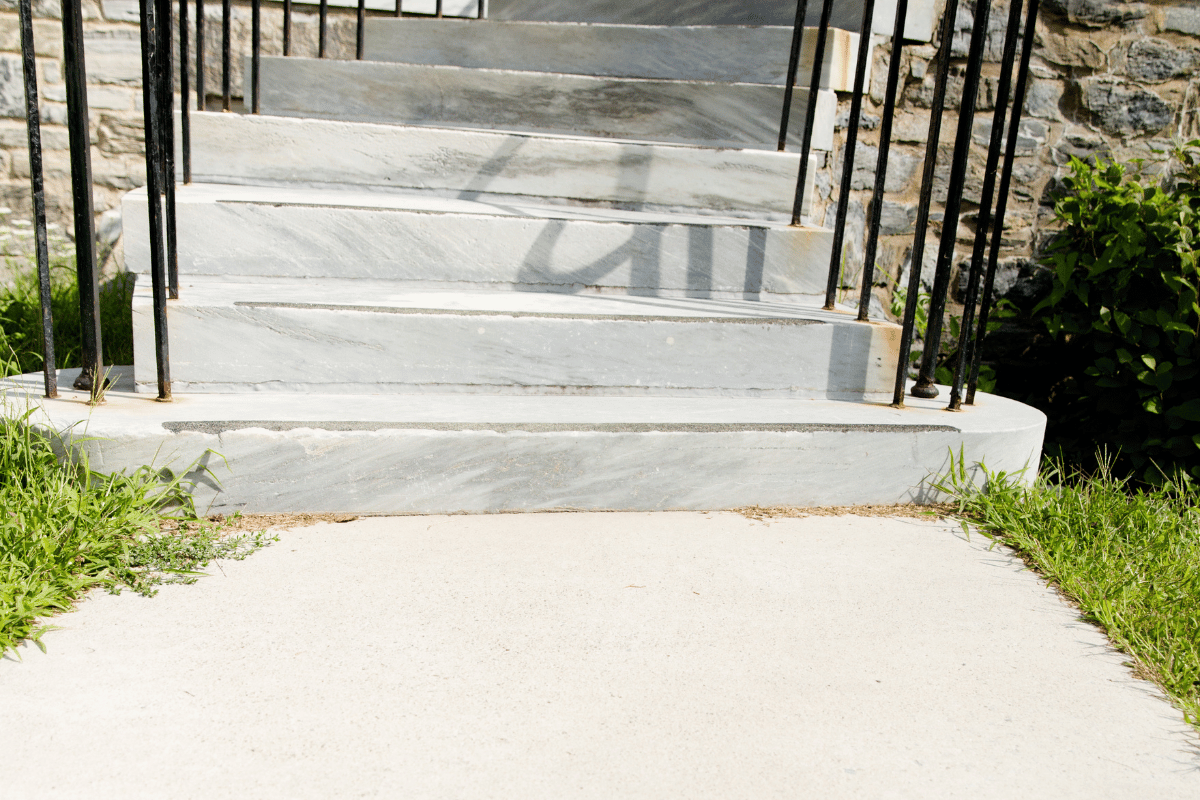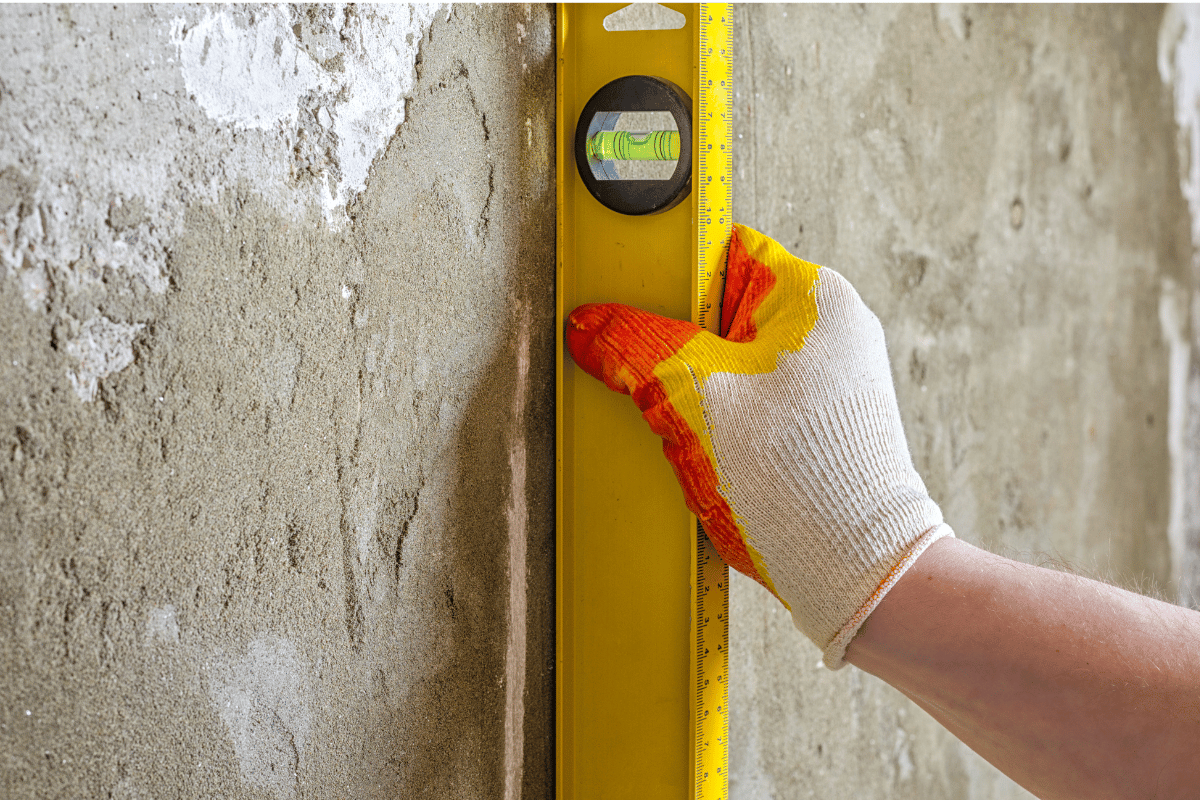Are you tired of seeing your concrete slabs sink and settle? Concrete lifting foam may be the solution you’re looking for. In this ultimate guide, we’ll explore everything you need to know about it, including its benefits, uses, and FAQs.
What Is Concrete Lifting Foam?
Concrete lifting foam is a polyurethane-based material that is injected beneath sunken concrete slabs to lift and level them. The foam expands to fill voids and cavities, creating a strong and stable base that can support heavy loads.
Benefits
- Cost-effective: Concrete foam is much more cost-effective than traditional methods like concrete replacement or mudjacking.
- Quick and efficient: This foam can be injected and cured in a matter of hours, reducing downtime and disruption.
- Environmentally friendly: Foam is eco-friendly and does not harm the environment.
- Versatile: Concrete foam can be used to lift and level a wide range of concrete structures, including driveways, sidewalks, patios, and more.
Uses
- Driveway repair: Concrete foam can be used to lift and level sunken driveways, improving curb appeal and preventing tripping hazards.
- Sidewalk repair: Uneven sidewalks can be a liability for property owners, but lifting foam can quickly and efficiently level them.
- Patio repair: A sunken patio can detract from the outdoor living experience, but this type of foam can restore it to its original level.
- Pool deck repair: Concrete foam can be used to level sunken pool decks, improving safety and aesthetics.
FAQs
- How long does concrete lifting foam last?
Concrete foam is designed to last for many years, with some manufacturers offering warranties of up to 10 years.
- How much does concrete lifting foam cost?
The cost of foam varies depending on the size and scope of the project, but it is typically much more cost-effective than traditional methods like concrete replacement or mudjacking.
- How long does the process take?
Concrete foam can be injected and cured in a matter of hours, depending on the size and complexity of the project.
Conclusion
If you’re looking for a cost-effective and efficient way to lift and level sunken concrete slabs, concrete foam may be the solution you need. With its many benefits and versatile uses, it’s a smart choice for any property owner. If you have any further questions or are ready to get started on your next project, contact a professional concrete lifting foam contractor today.







Recent Comments